Colombian Pink bourbon Special treatment batch Flavor description what is the treatment of juice anaerobic washing
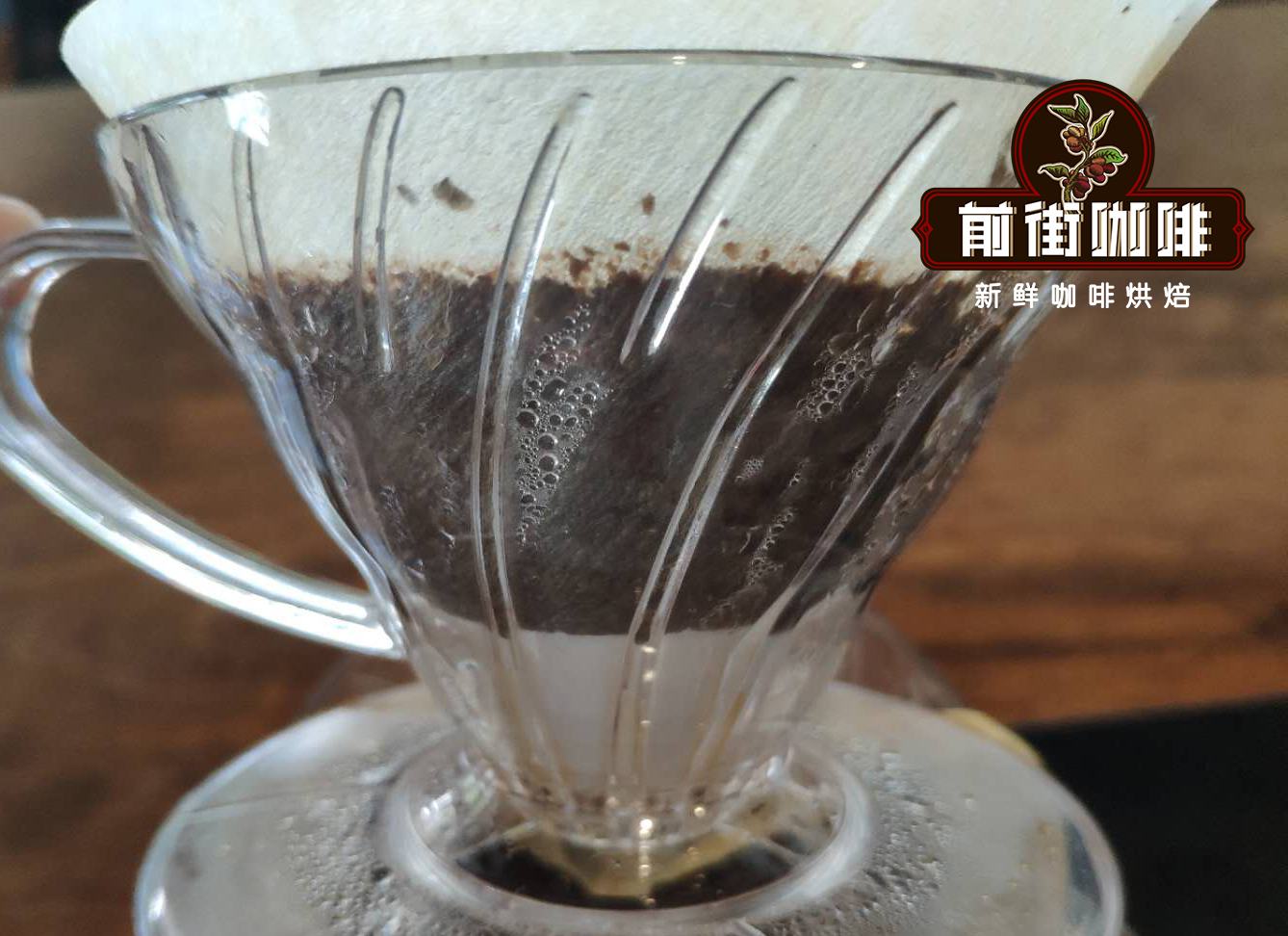
Country of origin: Colombia
Producing area: Huilan Province
Farm: Finca Monteblanco
Altitude: 1730 m
Variety: pink bourbon
Treatment: anaerobic washing treatment of fruit juice
Flavor: strawberry, lime, raspberry, champagne, passion fruit, chocolate
The Colombian province of Cymbidium is located in the south of the country, where the central and eastern mountains of the Andes meet. Neiva, the capital of Wirat, is dry, flat and desert-like, distinct from the coffee-growing areas further south.
Huilan's coffee farm is centered in the city of Pitalito and is mainly owned by small farmers. Over the past decade, they have worked together to produce specialty coffee that highlights the local characteristics of the region. Selective manual harvesting, attentive processing and careful post-harvest sorting all help to raise awareness of the region.
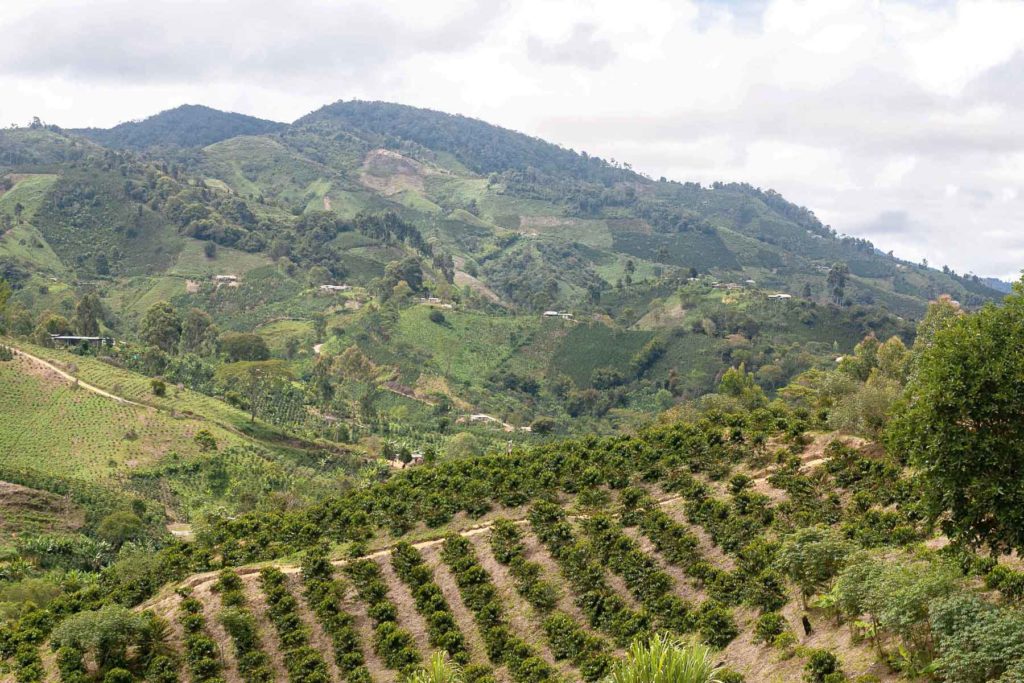
The Coffee Committee of Huilan, a local partner with the Colombian National Federation of Coffee growers, has invested significant resources in training producers, covering everything from fertilization to roasting. Combined with the enthusiasm of producers, a regional culture of quality-centered production has been created.
Huila is of great historical significance, and its history can be traced back to the culture before Columbus. The archaeological site of St. Augustine (San Agustin) includes a large number of stone carvings, figures and artifacts, giving you a glimpse of a rare era of colonialism.
Monteblanco Pink Bourbon juice is the latest processing innovation of Aromas del Sur team. Monteblanco's story is one of the stories of experimentation and exploration, asking questions and carefully finding answers. Rodrigo Sanchez (Rodrigo Sanchez) and his team started with curiosity and developed an entirely new system to harvest and process coffee.
Finca Monteblanco
Located on the winding mountain road of Vereda La Tocora in San Adolfo above Pitalito, Finca Monteblanco is a family farm run by Rodrigo Sanchez Valencia, whose coffee-growing tradition began with his grandfather. Eighteen hectares of land in Monteblanco is on top of the hills, wet mills and drying equipment are on top of the farm, and coffee slopes are below.
In 2002, Rodrigo participated in a local program to teach the children of local coffee producers a cup of coffee. Before that, he and his family had never considered making a cup of coffee. By learning to distinguish between contours, he and his father and grandfather were able to establish a connection between the farming techniques they used and the properties of coffee in the cup.
At this time, Rodrigo also began to learn about cup testing competitions, which assessed the best locations for farms in the area. He noticed that the farm would win for a year, and then he would never win again, so he decided to study how to consistently produce quality coffee. This led him to explore the trees planted by Montblanc, where he discovered the varieties his grandfather planted in the 1980s.
Rodrigo is proud that he, his wife Claudia Samboni (Claudia Samboni), farm manager Don Gerardo, and the team working in the field and factory have achieved consistent quality goals. With each harvest, Finca Monteblanco produces micro-batches of products that are used as competitive coffee around the world, but farms also always produce delicious coffee containers that appear on cafe menus and retail shelves all the year round. All coffee in Montpelanco reaches its full potential by applying strict ethics of monitoring, planning and management at every stage of production and processing.
The logging and processing of Monteblanco must keep pace with the times to adapt to the changing climate, and the harvest is scattered over 10 months of the year rather than concentrated in peak periods. Monteblanco coffee has been ground and ready for export in Pitalito's new state-of-the-art Aromas del Sur dry mill.
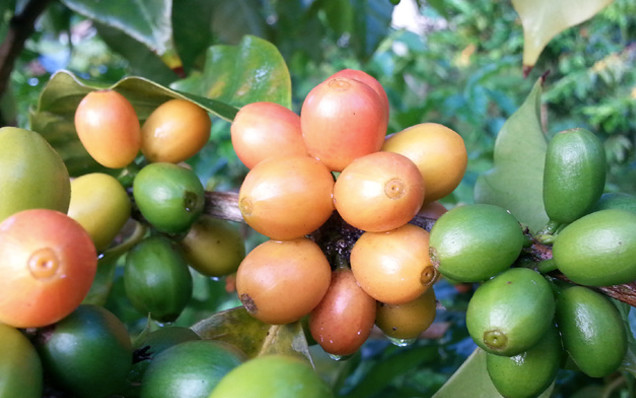
Pink bourbon
In addition to the most common species in Colombia, Rodrigo also found trees he had never noticed before, which had different characteristics, including broad leaves that looked like Gesha. In the cup, the coffee he harvested also tasted like Gertha's coffee. This is the beginning of the batch separation of pink bourbon. Rodrigo learned that his grandfather bought the saplings when he was hit by leaf rust in La roya in the early 1980s, when he had to replace some of the farm trees.
In St. Adolf and Palestine, the Colombian Federation of Coffee growers ran an experimental farm in the 1950s and 1960s, growing 500 kinds of grapes, so Rodrigo and his grandfather thought the trees might have originated on the farm. In 2014, Rodrigo planted three hectares of Monteblanco in pink Pink Bourbon, delighted by its excellent adaptability, productivity and resistance to corrosion. Cherries become rosy pink / orange when ripe, hence the name.
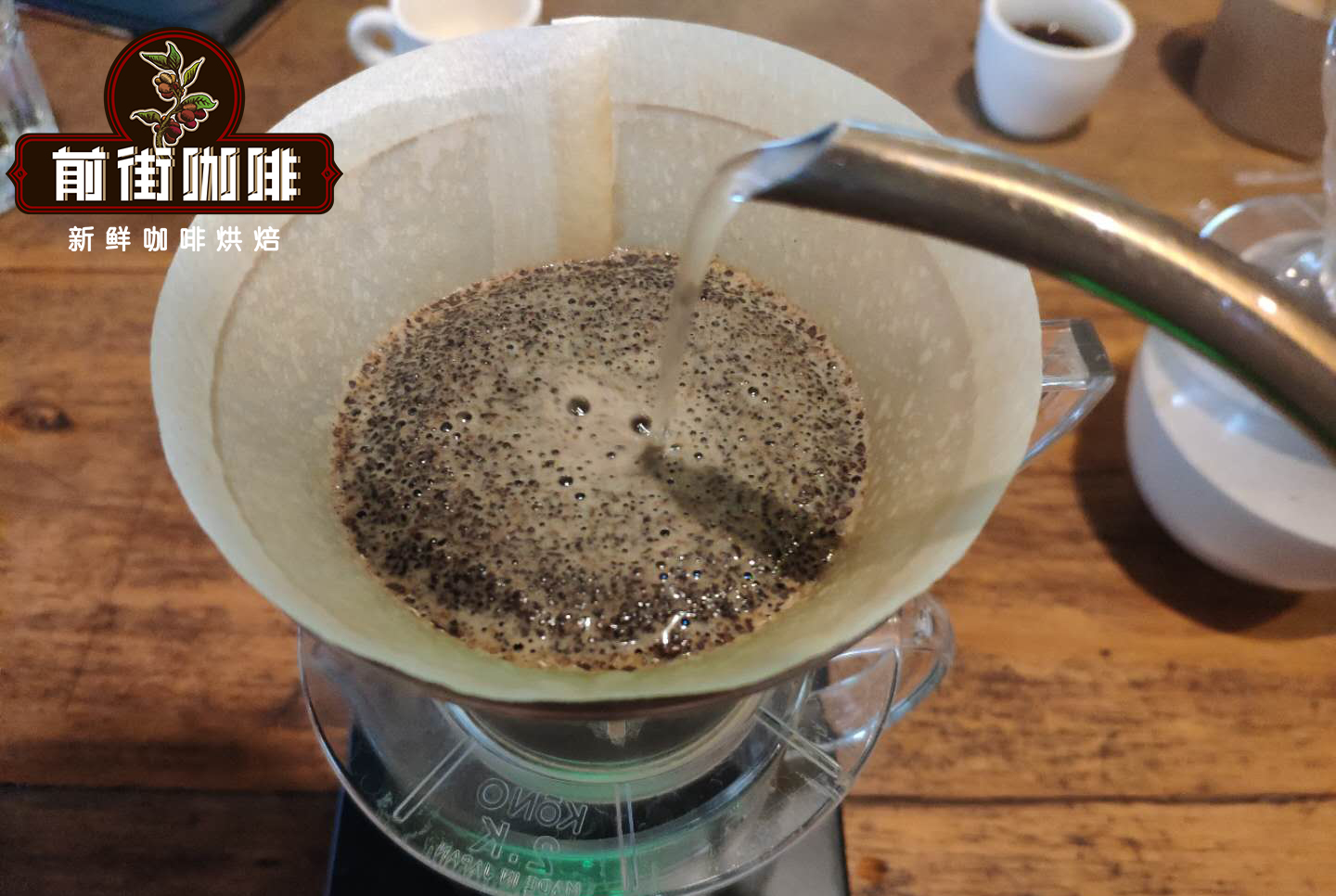
Anaerobic washing treatment of fruit juice
During the harvest, the sugar content of all coffee will be measured to determine the sugar content and allocate it to the most appropriate processing method. Cherries with sugar content of 26 °were selected for anaerobic washing of fruit juice. First, remove the floating cherries and place the remaining healthy cherries in an oxygen-free sealed jar for 100 hours, about four days.
Next, milk the cherries and put the beans back in a sealed jar for 60 hours. Once the temperature reaches 38 °C and the pH value is 4.6, wash the coffee thoroughly and transfer it to the drying stage. The beans are dried in a solar dryer for three to four days, then placed on a raised bed in a cool dryer for 20-25 days until they reach 10.5-11% humidity.
Important Notice :
前街咖啡 FrontStreet Coffee has moved to new addredd:
FrontStreet Coffee Address: 315,Donghua East Road,GuangZhou
Tel:020 38364473
- Prev
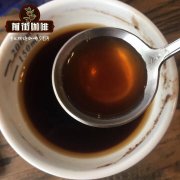
How does Costa Rican Red Honey deal with Coffee? introduction to the treatment of Tara Zhu Castro Family Coffee
Located in the high mountains of the South Pacific south of San Jose, the capital of Costa Rica, the Tarazu region has one of the highest planting densities in Central America, with many farms 2000 meters or more above sea level. It is called Zona de Los Santos locally because of the number of towns with San or Santa in its name. The climate of Tarraz has two distinct seasons.
- Next
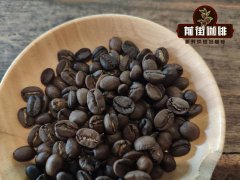
Brazilian Organic Coffee beans Brazilian Serrado Coffee Manor what kind of coffee is Brazilian Acaia?
Country of origin: Brazil: Serrado Manor: Fazenda Nossa Senhora de Fatima altitude: 950m Variety: Acai treatment: sun Flavor: caramel, Chocolate, Nuts Certification: organically grown in the Cerrado Mineiro region of northwest Minas Gerais is the world's recognized producer of premium coffee and became the first insured coffee in Brazil in 2005
Related
- Detailed explanation of Jadeite planting Land in Panamanian Jadeite Manor introduction to the grading system of Jadeite competitive bidding, Red bid, Green bid and Rose Summer
- Story of Coffee planting in Brenka region of Costa Rica Stonehenge Manor anaerobic heavy honey treatment of flavor mouth
- What's on the barrel of Blue Mountain Coffee beans?
- Can American coffee also pull flowers? How to use hot American style to pull out a good-looking pattern?
- Can you make a cold extract with coffee beans? What is the right proportion for cold-extracted coffee formula?
- Indonesian PWN Gold Mandrine Coffee Origin Features Flavor How to Chong? Mandolin coffee is American.
- A brief introduction to the flavor characteristics of Brazilian yellow bourbon coffee beans
- What is the effect of different water quality on the flavor of cold-extracted coffee? What kind of water is best for brewing coffee?
- Why do you think of Rose Summer whenever you mention Panamanian coffee?
- Introduction to the characteristics of authentic blue mountain coffee bean producing areas? What is the CIB Coffee Authority in Jamaica?

